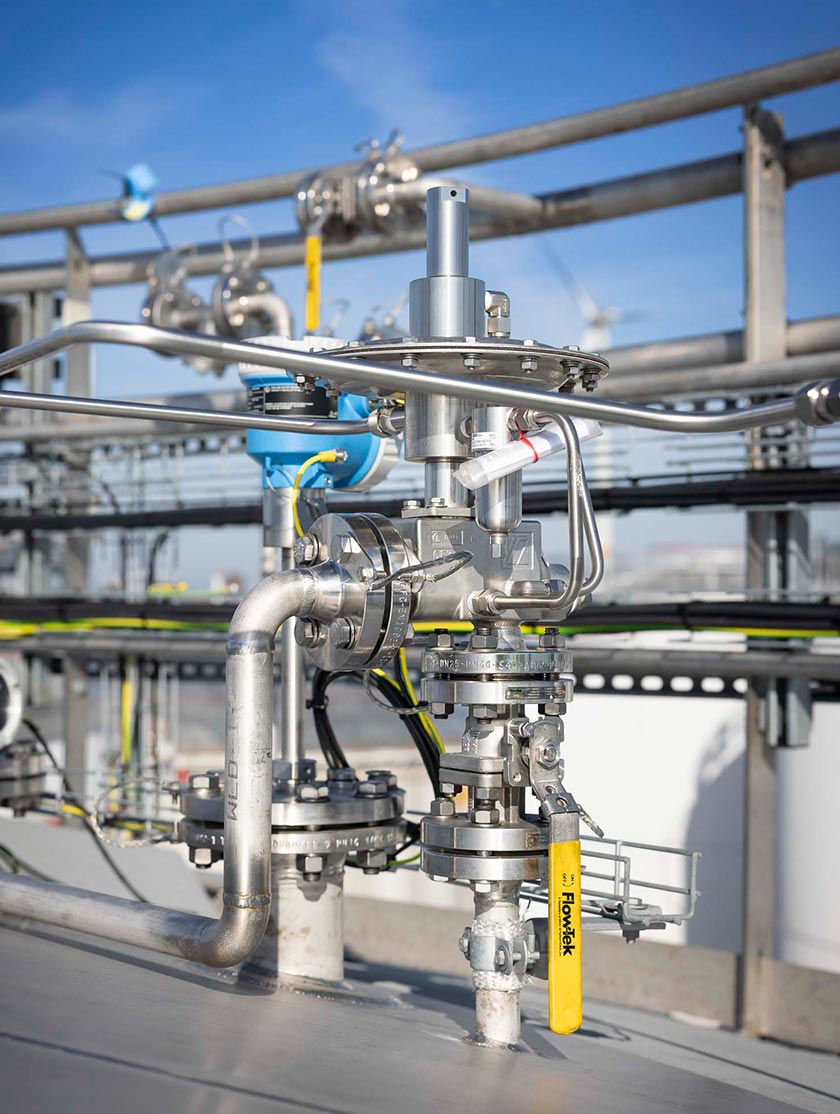Typical Pressure Ranges for Pressure Reducing Regulators in Industry
In industrial systems, maintaining accurate and consistent pressure levels is critical to operational safety, equipment protection, and process efficiency. Pressure reducing regulators (also referred to as pressure regulators) play a vital role in this regard by controlling outlet pressure to a predetermined lower set point, regardless of fluctuations in inlet supply pressure. Understanding the typical pressure ranges handled by these devices is essential for selecting the correct pressure reducing regulator and ensuring optimum system performance.
What is a Pressure Reducing Regulator?
A pressure reducing regulator is a mechanical device designed to reduce a high inlet pressure to a lower, stable outlet pressure. It automatically adjusts the flow restriction to maintain a constant outlet pressure, even if the inlet pressure or demand changes. These regulators are widely used in industries such as oil and gas, chemical processing, water treatment, and manufacturing.
Typical Pressure Ranges in Industrial Applications
The pressure ranges handled by pressure reducing regulators cover a wide range depending on the application, fluid type, and safety requirements. Below are common pressure ranges categorized by industry and typical application.
1. Low Pressure Ranges (0-150 psi or 0-10 bar)
- Applications: Instrumentation compressed air systems, pneumatic control lines, steam tracer, and HVAC control.
- Features: Regulators in this range provide precise pressure control for sensitive instrumentation and low pressure process lines. They are often equipped with diaphragm-type mechanisms for precise modulation.
2. Medium Pressure Ranges (150-1000 psi or 10-70 bar)
- Applications: Compressed air distribution, natural gas regulation for burners, medium pressure steam regulation, and hydraulic systems.
- Characteristics: Regulators here must cope with fluctuations in inlet pressure and maintain stability under changing flow conditions. Materials and construction are selected to withstand moderate pressures and typical industrial conditions.
3. High Pressure Ranges (above 1000 psi or 70 bar, up to several thousand psi)
- Applications: High pressure gas cylinders (industrial gases such as nitrogen, oxygen, hydrogen), high pressure steam boilers, and some chemical injection systems.
- Features: These regulators are designed to withstand very high inlet pressures while providing precise reduced outlet pressures. They incorporate robust valves, springs, and seals to ensure safety and durability.
Factors Affecting Pressure Rating Selection
- Inlet Pressure Variability: The regulator must be able to withstand the maximum supply pressure without failure.
- Required Outlet Pressure: The required outlet pressure must be within the regulator adjustment range.
- Fluid Type and Temperature: Different gases and liquids, especially corrosive or high temperature fluids, require regulators made of compatible materials.
- Flow Rate: The regulator must maintain the target pressure at the required flow rates without excessive fluctuations or noise.
Summary
Pressure reducing regulators in industrial applications typically handle outlet pressures ranging from a few psi (for delicate instruments) to several thousand psi (for high pressure gas systems). Typical ranges include:
| Pressure Range | Typical Applications |
|---|---|
| 0-150 psig (0-10 bar) | Instrument Air, HVAC, Low Pressure Steam |
| 150-1000 psig (10-70 bar) | Compressed Air, Natural Gas Control, Hydraulic Lines |
| 1000+ psig (70+ bar) | High Pressure Gas Cylinders, High Pressure Steam, Chemical Processing |
Careful selection based on system pressure requirements, fluid properties, and operating conditions ensures reliable pressure control, improves safety, and extends the life of industrial equipment. Pressure reducing regulators remain indispensable components across a variety of industrial sectors, providing precise pressure control to meet specific operating requirements.
Need the Right Pressure Reducing Regulator? Get Expert Help Selecting the Ideal Regulator Engineered for Performance |
Cashco’s pressure reducing regulators are designed for precise pressure control across a wide range of industrial applications—delivering reliability, safety, and efficiency. For more information about Cashco's regulators, view all models here .
Cashco's priority is to make sure you select the right product for your application. Need help sizing your regulator? Complete our Regulator Sizing Form and our experienced team will gladly assist you in finding the ideal product!
Animated Guide: Pressure Reducing Regulator Function |
Discover the workings of a pressure reducing regulator in our animation video. Using the force-balance principle, this device reduces and maintains downstream pressure in a pipeline. Watch as we demonstrate how the regulator’s diaphragm and valve assembly create resistance to reduce upstream pressure. Learn how downstream flow demands impact the regulator, causing it to adjust and maintain a constant pressure.





